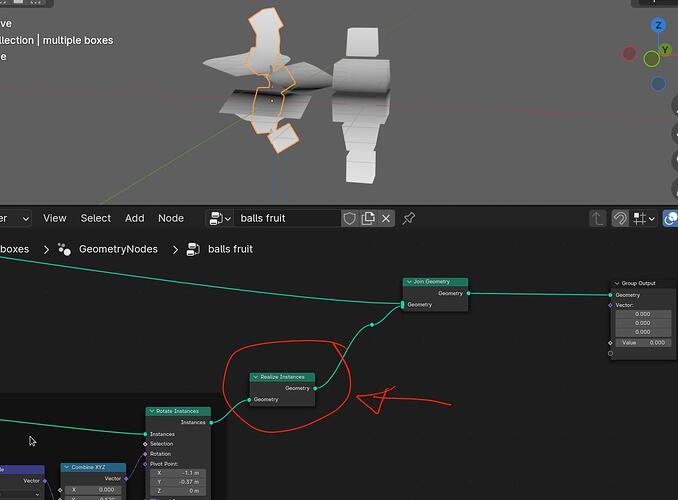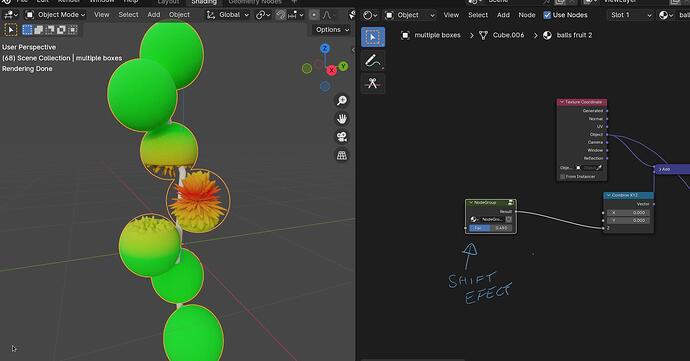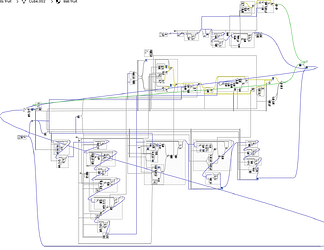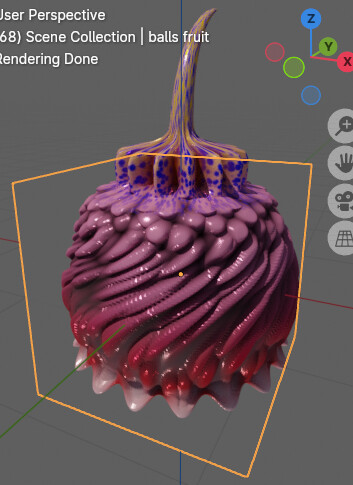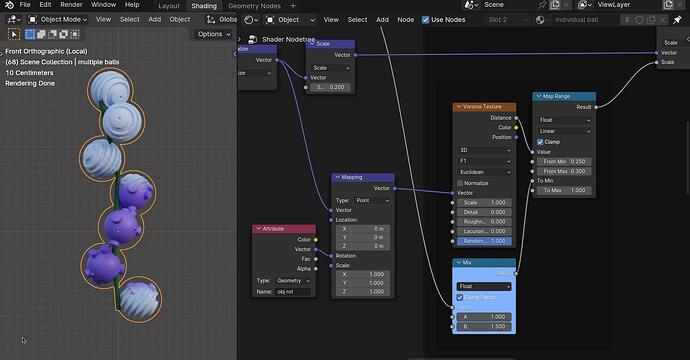Now I see what you want to do and I predict many problems, you have moved the goal posts to mars!
Geometry nodes are in a very early stage, what we have are low level basic building blocks,
There are people who can do incredible things with them but the node groups are huge and the resulting calculation time too. Take a look at this:
You will see that sozap has worked really hard to get this result and he is not doing “micro” details, the node group screen shot (which is unreadable) will give you an idea of how complex this is. I am nowhere near his level of understanding geometry node/math.
He did not model it all with Geometery nodes, he made pre built petals etc. Geometry nodes are not really suitable for complex modeling. He used them to play with existing geometry.
To do something on this level you would need learn a lot, you will not be able to do it by just asking random questions. The first thing you would have to do is learn the basics, it seams like you are not jumping into the deep end of a swimming pool – you are jumping into the ocean!
If you want true “micro details” you will find that Blender has a hard job dealing with extreme high poly objects (it looks like this would be pretty extreme). I think that something like this with micro displacement could grind Blender to a halt.
To give you an idea of Blenders performance try this file:
HiIshPolyDisplace.blend (1.7 MB)
There are not really “micro” details and on my system adjusting the shift already lags (in this file I destructively subdivided the original sphere because the subdivision modifier also slows things down.
To do something like that procedural I would recommend Houdini, which is the best node based procedural software that exists. Houdini is much more complicated (and powerful) than Blender and it would not be easy!
This project goes over my head, it has been interesting trying to help but I think I have reached the limit.
